Meet the Charming Animals Under National Protection Around the Globe
The world is full of incredible animals, many of which are protected by national laws to ensure their survival. These nationally protected animals are not only important for biodiversity but are also some of the cutest creatures on the planet. From cuddly mammals to charming birds and adorable amphibians, these animals capture the hearts of many. Protection efforts vary from country to country, but the goal remains the same: to preserve these species for future generations. Here are seven of the world’s cutest nationally protected animals, each with its unique charm and significant role in its ecosystem.
1Sea Otter
0 votes
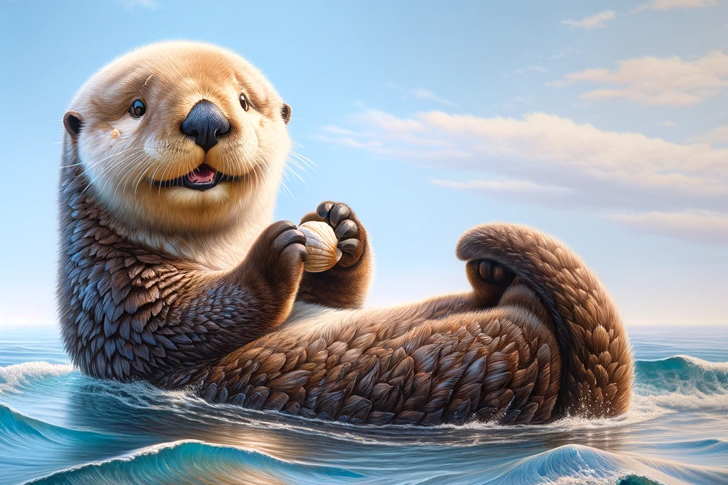
Sea otters, found along the coasts of the northern and eastern North Pacific Ocean, are known for their playful behavior and thick fur. Unlike most marine mammals, sea otters do not have a layer of blubber to keep warm. Instead, they rely on their dense, water-resistant fur, which is the thickest of any animal. Sea otters play a crucial role in their ecosystem by maintaining the health of kelp forests, as they prey on sea urchins that can otherwise overgraze the kelp. Conservation efforts for sea otters focus on protecting their natural habitats and addressing pollution and oil spills. Their endearing behavior, such as using tools to open shells, makes them a favorite among marine wildlife.
0
Do you agree? 0% of people agree with your point of view!
2Quokka
0 votes
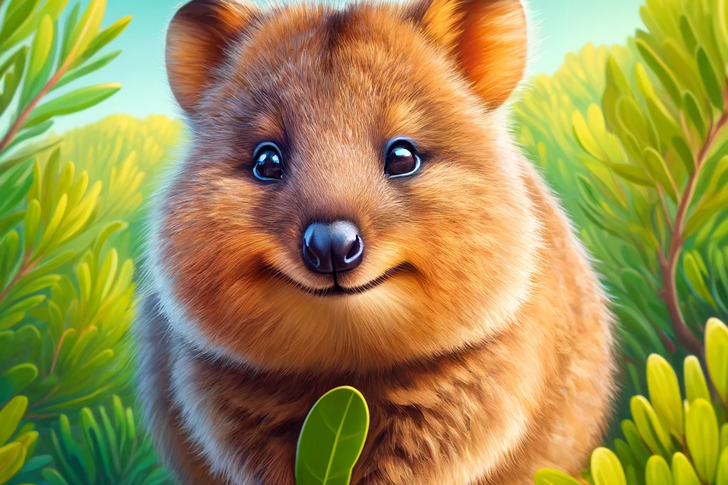

Often referred to as the “world’s happiest animal” due to its smiling face, the quokka is a small marsupial native to Western Australia. Quokkas are known for their friendly and curious nature, making them popular among tourists. However, their populations are threatened by habitat loss and introduced predators. Conservation efforts focus on habitat restoration and predator control. Quokkas play a significant role in their ecosystem by promoting plant growth through seed dispersal. Their cheerful appearance and sociable behavior have earned them a special place in the hearts of many people.
0
Do you agree? 0% of people agree with your point of view!
3Red Panda
0 votes
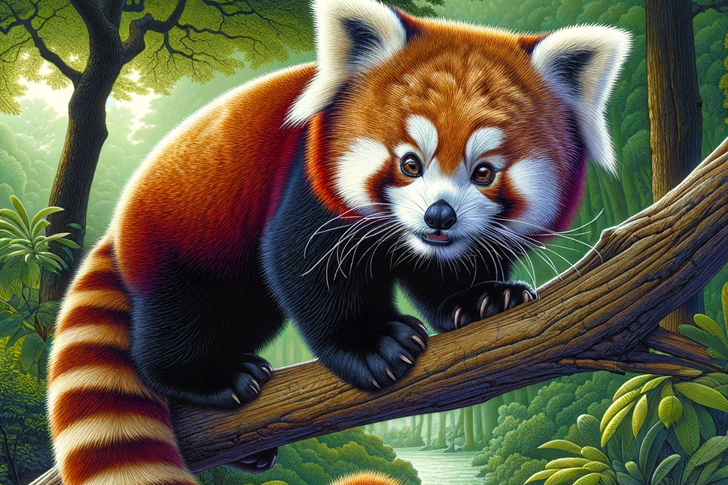
The red panda, often overshadowed by its giant panda cousin, is an equally endearing creature. Found in the Himalayas and southwestern China, the red panda has a striking reddish-brown fur and a bushy tail that it uses for balance and warmth. Red pandas are arboreal, spending most of their time in trees, and their diet consists mainly of bamboo, berries, and small insects. Conservation efforts for red pandas include habitat protection and breeding programs, as their population is threatened by deforestation and poaching. Their playful and curious nature makes them a favorite among wildlife enthusiasts and conservationists alike.
0
Do you agree? 0% of people agree with your point of view!
4Axolotl
0 votes
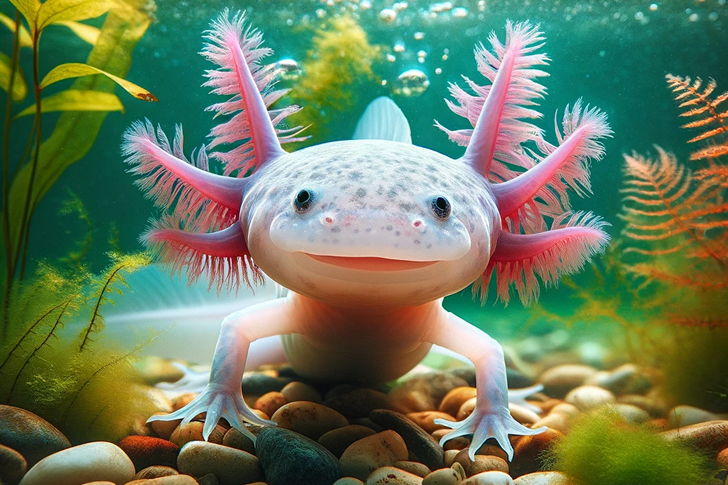

The axolotl, also known as the Mexican walking fish, is a unique amphibian native to Mexico. It is known for its ability to regenerate lost body parts, including limbs, spinal cord, and even parts of its heart and brain. This remarkable regenerative ability has made the axolotl a subject of scientific research. In the wild, axolotls are critically endangered due to habitat destruction and pollution. Conservation efforts include breeding programs and habitat restoration projects. Axolotls have a distinct appearance, with feathery gills and a perpetual smile, which has made them popular in the pet trade and among aquarium enthusiasts.
0
Do you agree? 0% of people agree with your point of view!
5Giant Panda
0 votes
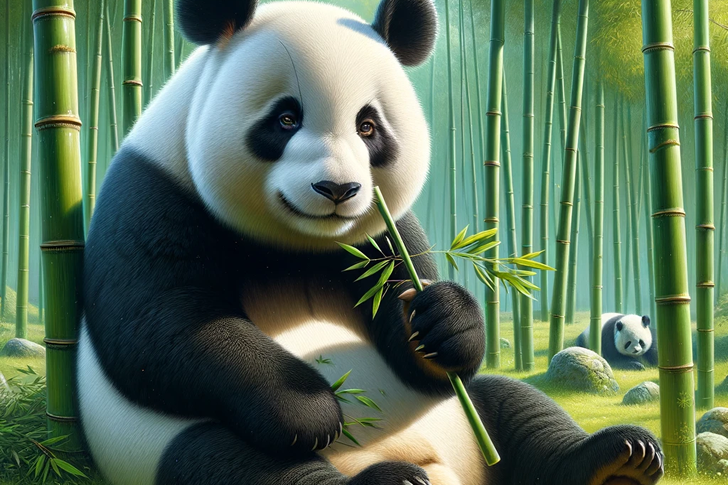
The giant panda, native to the mountain ranges of central China, is perhaps the most famous of all protected animals. Known for its distinctive black and white coat and round face, the giant panda has become a symbol of conservation worldwide. This bear primarily feeds on bamboo, which makes up about 99% of its diet. Despite its massive size and strong jaws, the panda’s diet is primarily vegetarian. The Chinese government has established numerous reserves and breeding programs to help increase the panda population, which has shown promising signs of recovery. Beyond its cute appearance, the giant panda plays a crucial role in its habitat by spreading bamboo seeds and contributing to the growth of its forest environment.
0
Do you agree? 0% of people agree with your point of view!
6Slow Loris
0 votes
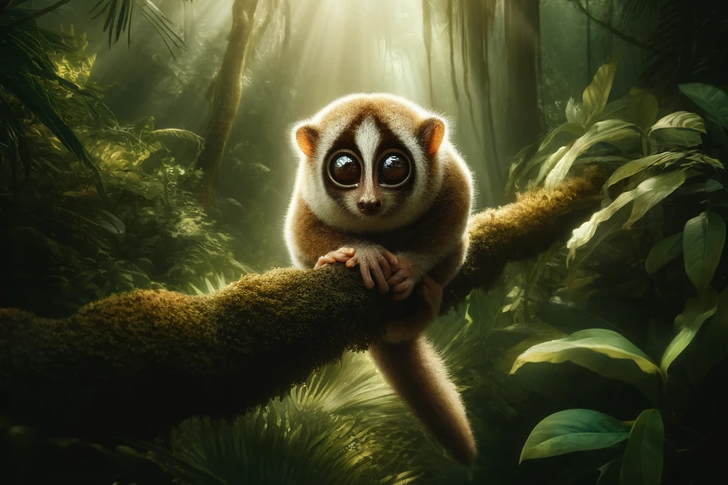
The slow loris, native to Southeast Asia, is a small primate known for its large eyes and slow movements. This nocturnal animal has a toxic bite, a rare trait among mammals, which it uses for defense. Slow lorises have become increasingly popular in the illegal pet trade, which has significantly threatened their populations. Conservationists are working to combat this by educating the public and enforcing stricter wildlife protection laws. In the wild, slow lorises play an important role in their ecosystem by controlling insect populations and dispersing seeds. Their unique appearance and gentle demeanor make them a captivating species worthy of protection.
0
Do you agree? 0% of people agree with your point of view!
7Koala
0 votes

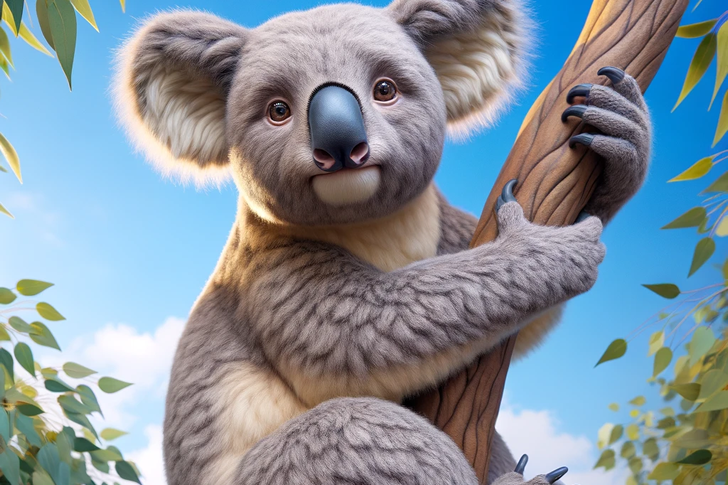
Native to Australia, the koala is a marsupial known for its fluffy ears, large nose, and love of eucalyptus leaves. Koalas spend most of their lives in trees, where they sleep up to 18 hours a day. These nocturnal animals have a specialized diet that consists almost exclusively of eucalyptus leaves, which are toxic to most other animals. Despite their sleepy demeanor, koalas are vital to the health of their forest habitats, aiding in the management of vegetation. Efforts to protect koalas include preserving their natural habitats and addressing threats such as disease and climate change. Their docile nature and cute appearance make them a beloved species worldwide.
0
Do you agree? 0% of people agree with your point of view!







Recent Comments